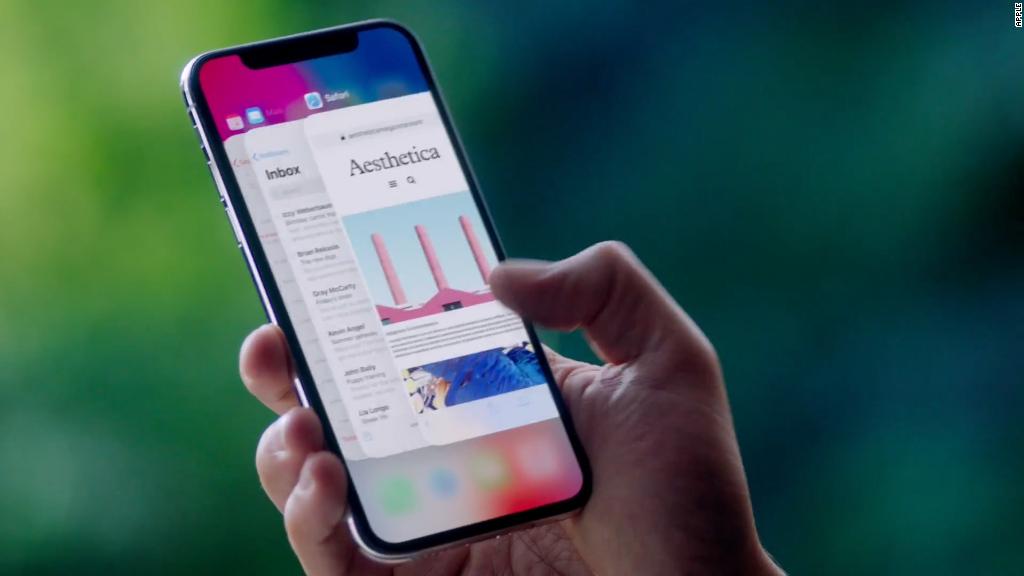
The iPhone X is kind of intense.
To start, it wants to make more eye contact than I'm comfortable with. I'm willing to overlook this to have its small, powerful cameras in my back pocket.
Apple (AAPL)'s latest iPhone, which hit stores on Friday, introduces some of the biggest changes to its smartphone line since it was first launched 10 years ago.
Gone is the Home button that doubled as as a fingerprint sensor. It's replaced with face detection and new gestures for getting around. The screen itself pushes much closer to the edges of the device, and the camera is fantastic.
I've been using and testing the iPhone X all week. But more than any other iPhone upgrade, it takes some getting used to. Apple has changed the way key features work, primarily to cram more screen onto a small phone.
It also cranked up the price tag to $999 for the 64 GB model and $1149 for the 256 GB version.
Face detection is neat, but is it necessary?
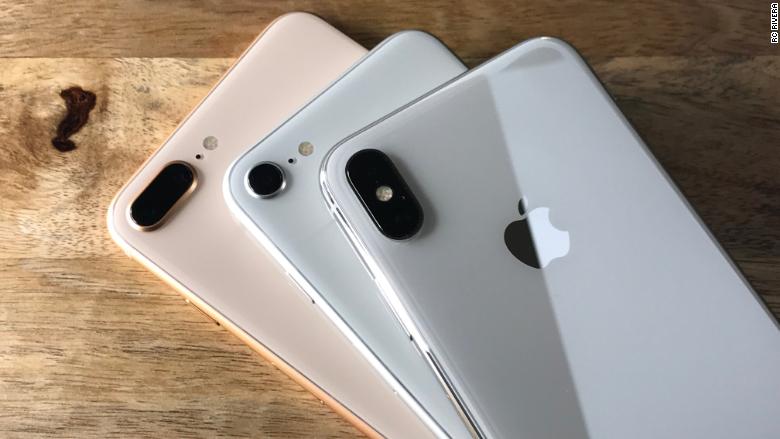
Unlocking the device with Face ID is the most hyped new feature on the iPhone X. However, it's not a terribly compelling reason to buy the device.
The collection of cameras and sensors takes a 3D scan of your face to make sure you're who you say you are. It then unlocks the phone.
It also replaces the fingerprint sensor to make room for the screen. You can also enter a passcode or turn off the security features altogether.
In my tests, Face ID was impressive but not perfect. My phone unlocked in a variety of lighting situations, but there were a multiple times when it just wouldn't read my face.
It feels slower than using a fingerprint. After it confirms your face, you're stuck staring at the lock screen until you swipe up to get into the device. A setting on other iPhones lets you go directly to your home screen when it's unlocked with a finger. That's not an option for your face.
Perhaps I'm lazy, but I don't want to lift up the device every time I use it. It will also make checking Instagram during meetings harder, too. On an iPhone 8 and earlier models, a finger scan made unlocking easy.
The iPhone X is not the first smartphone to add face detection. Samsung's Galaxy S8 has a similar but less secure feature. Apple has made a far superior version of the technology. Still, unlocking a phone with your face feels like an answer to a question nobody asked.
Other uses for your face
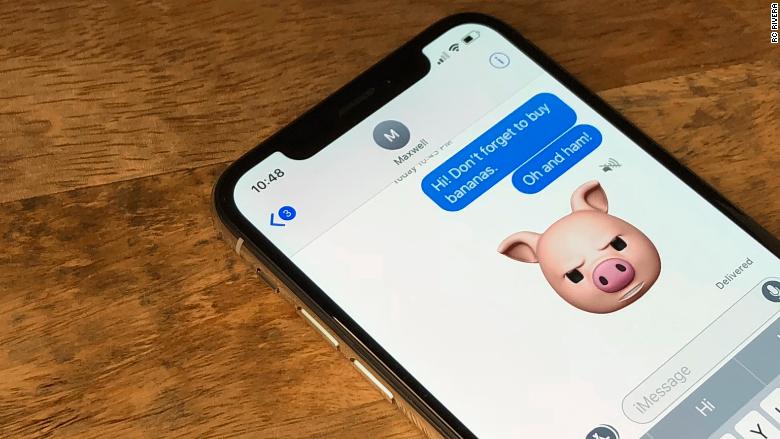
The technology behind Face ID has other impressive uses.
My favorite is the addition of the Portrait mode to the front-facing camera. Using Face ID technology, the iPhone X takes beautiful selfies with a blurred out background and dramatic lighting effects, just like the back camera.
Apple's new "Attention" features are a clever touch, too. If you're staring at the phone, say reading a webpage, the phone knows you're paying attention and will keep the display from automatically dimming or shutting off. It also automatically lowers the ringer volume.
Of course, there's also Animoji, a collection of 12 animated emoji characters that mimic your expressions by tracking up to 50 different muscle movements. It's cute but an ultimately forgettable feature. What it does best is demonstrate what other apps can do with the Face ID cameras.
Snapchat is already using the technology to add masks that look like they're part of your face, and that's just the start. It'll be interesting to see what other developers do with it.
Related: iPhone X goes on sale around the world
The main camera is a bit better, but it's all about size
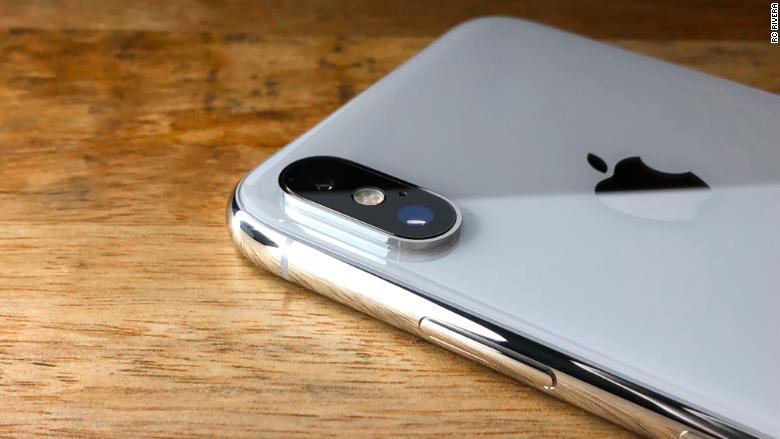
The most popular selling point for Apple's top-of-the-line iPhone is that it has the best camera. The iPhone X has a slightly better camera than the iPhone 8 Plus, packed into a smaller body. More than face detection or a larger screen, this might be what convinces people to spend $999 on the iPhone X.
The iPhone X also has dual lenses, but the telephoto lens has an f 2.4 aperture and adds image stabilization. You might notice that lower-light photos have less blur as a result. But for the most part, the images from an iPhone 8 Plus and iPhone X are close in quality.
About that screen
Apple has fit a large of a screen onto the phone in a way that doesn't make it feel huge. It's just slightly larger than the iPhone 8 with a 5.8-inch display that's taller and more narrow than the iPhone 8 Plus screen.
The combination comes with some odd tradeoffs. The corners of the screen are rounded, which crops parts of any movie or photo you're viewing.
The Face ID cameras and sensors are also in a small black rectangle on the front of the device, which cuts into the top of the screen. There is a tiny bit of usable display left on each side of this notch where you can see the time or how much battery you have left. But if you watch a movie full screen, the notch creates a distracting dead space. I opted to make videos smaller rather than look at it.
This is Apple's first OLED screen, which shows more vivid colors and can be thinner than an LCD screen. The colors pop and images are sharp, but if you glance at it from an angle, it displays a blue-ish hue. This is a known issue with OLED screens, but it's surprising that Apple didn't think it was a deal breaker.
A learning curve that isn't very Apple
To fill the void left by the Home button, the iPhone X has added new gestures (the different swipes you make with a finger). The process of learning them is a pain, and some of the new options are more work than before.
Instead of pressing the button once to go back to your home screen, you do a small swipe up from the bottom of the display. Another example: To bring up the Control Center, you swipe down from the top-right corner of the device, which is out of the way for most thumbs.
I don't doubt anyone's ability to master a few new finger movements. But these changes feel like a move away from the dead-simple interface that's made the iPhone the easiest smartphone to use.
OK, but should I buy it?
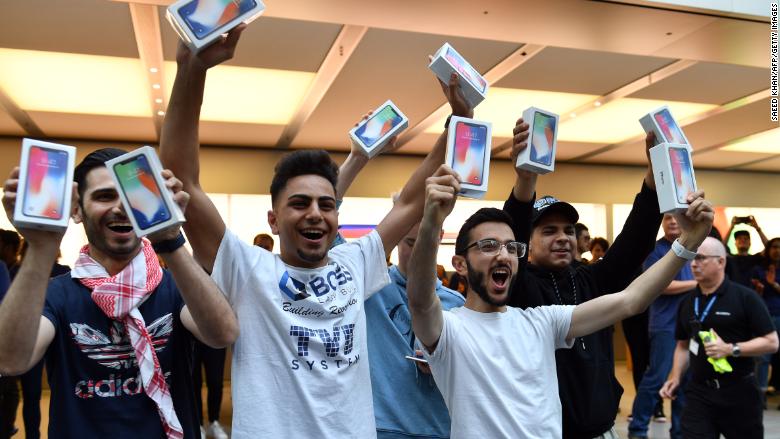
If you want the best smartphone camera but find the iPhone 8 Plus size to be too bulky, the iPhone X is a solid choice. Early adopters and and selfie fans will likely find joy in the front-facing camera's features and integration with apps in the future.
Overall, you must be comfortable re-learning some navigation basics and have no qualms about dropping a few hundred dollars extra on it too.
But because the iPhone X is Apple's vision of the future, these features and design choices will likely show up in more devices soon, like it or not.

